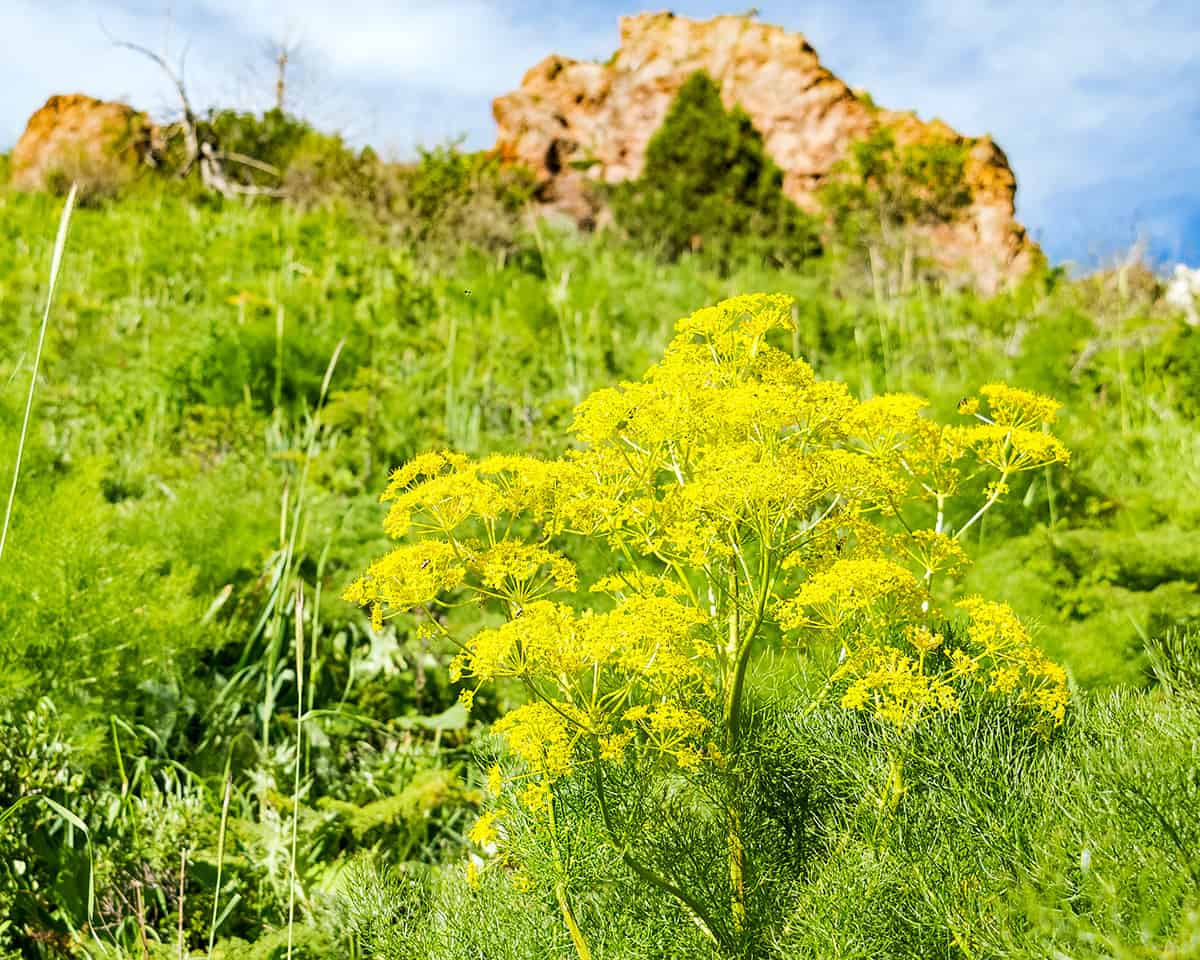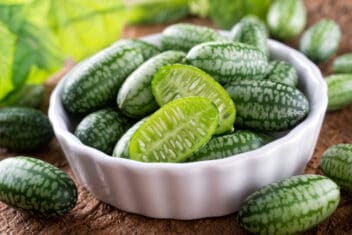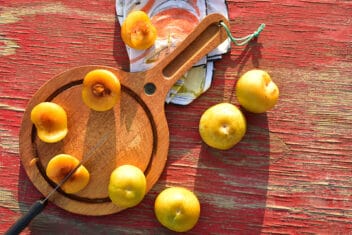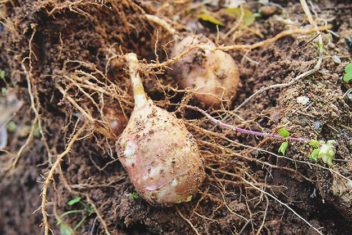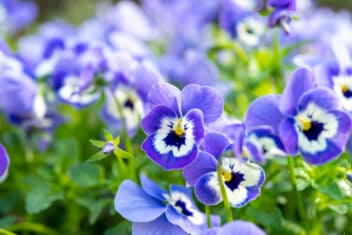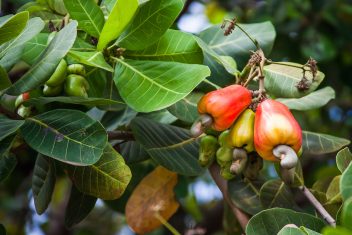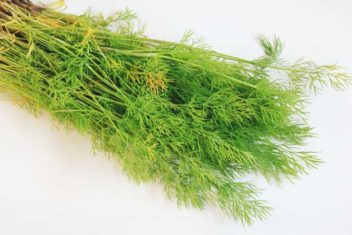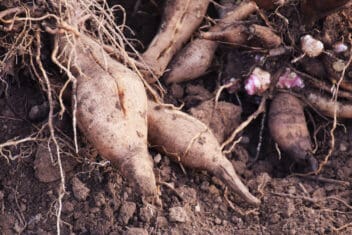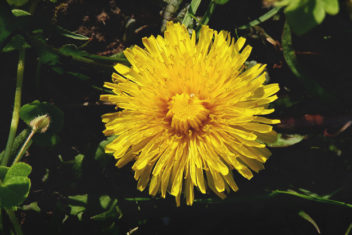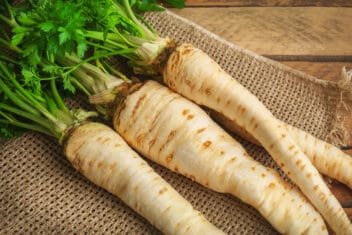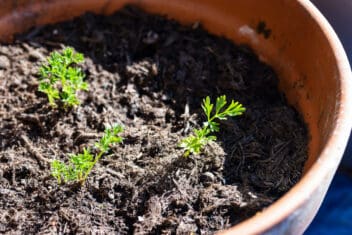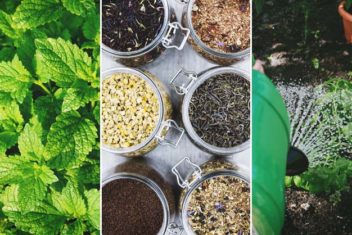Now and then, I give a new plant a try because I hear other gardeners rave about it. I heard about a tasty herb they’d been growing called asafetida that supercharges the flavor of your cooking and can treat a wide range of ailments.
Then again, I also heard many gardeners find the smell atrocious, but nothing’s perfect. I was intrigued.
Known as both “Devil’s Dung” and “Food of the Gods,” asafetida is one plant that will get your friends talking. I hope you’re ready to be adventurous because this plant is worth a try.
What is Asafetida?
Asafetida, also spelled asafoetida, is native to central Asia and has been used for hundreds of years in cooking and medicine. These days, it’s cultivated in Afghanistan, Iran, and most recently, India. It’s an important part of Indian cuisine.
Asafetida is a big herb compared to some others out there. It can grow up to 10 feet tall. The foliage looks a little like parsley, only giant. That’s not surprising since both parsley and asafetida are part of the Umbelliferae family.
It’s known as a monocarpic plant, which means it dies once it flowers. The good news is it takes several years to flower, and it will self-seed in the right conditions.
You can get a lot of use out of one plant because it is so large and long-lived. Asafetida is not only used as a culinary herb; it’s also a laxative, a respiratory aid, and may even be a key ingredient of Worcestershire sauce (the original recipe is a closely guarded secret).
It’s also said to aid in irritable bowel syndrome and, back in the 1800s, it was prescribed for anxiety.
Although it smells like rotten fish when crushed, the smell disappears when asafetida is cooked, so don’t worry about that too much.
How to Plant Asafetida
Asafetida grows in USDA Growing Zones 3-8 as an annual and 9-11 as a perennial. It naturally grows in hot parts of the world and isn’t cold tolerant.
Aim for a soil pH of 6.5 to 7.5. Most soil types except clay will do, as long as it’s well-draining. Because the plant develops a long taproot, the soil can’t be hard and compact. Asafetida doesn’t like wet feet and prefers moist to slightly dry. I find sandy soil is best.
Plant in full sun. This is not a shade loving plant and it will really struggle to thrive out of the sun.
Planting Seed
The seeds for asafetida can be hard to find because it’s not the most well-known plant. You can find viable seeds from online retailers or those who specialize in herbs and spices used in Asian or Middle Eastern cooking.
Sow seeds in early spring directly into the garden. Aasafetida doesn’t transplant at all well. It’s susceptible to transplant shock, as are many plants that develop long taproots.
Don’t attempt to divide the plant like you can with other herbs. I tried this and killed both divisions. Again, this plant has a single, long taproot, so it doesn’t divide well.
Plant seeds on the surface and cover lightly with sandy soil before tamping down firmly. Plant about two feet apart to give the tap root plenty of room. Keep the soil slightly moist until germination. Once the plant pushes through the surface, water only when the first inch of soil is dry.
Caring for Asafetida
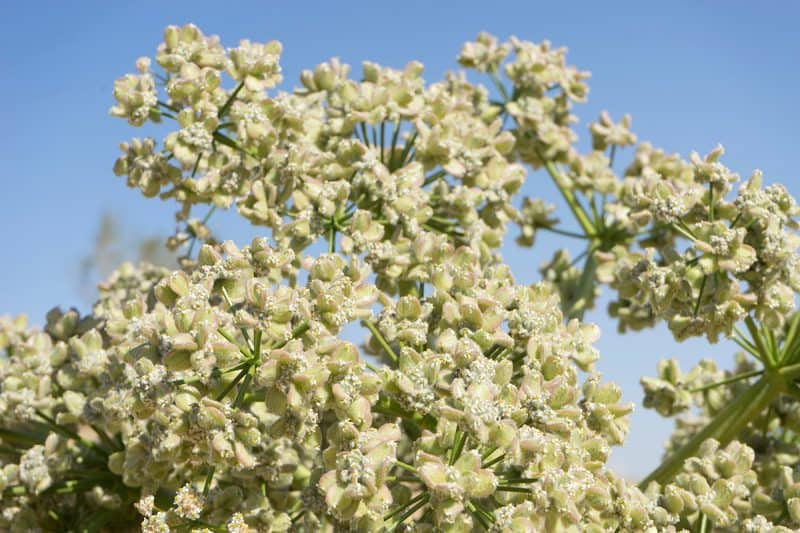
This plant is pretty self sufficient and I find it doesn’t need much maintenance unless it starts to struggle because of a lack of nutrients or too much (or too little) water.
Fertilizer
Asafetida takes care of itself as long as the soil has nutrients for it. As with most plants, dig in well-rotted manure or compost before planting the seed, and you should only have to water after that for the rest of the year.
At the beginning of the next season, water with liquid fertilizer deeply to allow the taproot to pull the nutrients for the new growth.
If you find the plant struggling, with slow, stunted growth or yellowing leaves, try a little tomato plant liquid fertilizer and Epsom salts.
Water
I learned from my mistakes the first time I tried growing asafetida. I watered the plants at the same time as my other herbs and vegetables, but it was too much.
Water well, but don’t water again until the soil is dry at least several inches below the surface. I know this is the opposite of how we think about watering some herbs, but consider the natural environment of Asafetida. It doesn’t rain a lot.
Staking
Keep an eye on whether you think staking is required or not. I had four Asafetida in a row. Three stood strong while the fourth needed to be staked because it kept leaning on the closest one.
If you live in a windy area, consider staking as the plant grows to give it time to grow the deep tap root.
You can also put a tomato cage in place when you plant the seeds so that the plant can grow up and through it.
Companion Planting for Asafetida
Some people find the scent of asafetida offensive, but I didn’t mind it to be honest. I was conscious of what I planted around it, but after much trial and error found that perennial herbs that don’t require large amounts of water grew well and didn’t take on the smell of asafetida.
Just be wary that when you harvest the leaves of the other herbs, you will brush up against the asafetida and if you crush it, the smell will appear.
Try:
- Lovage – grows to several feet tall to match asafetida
- Oregano – doesn’t require much water and is one of my favorite hard-to-kill herbs
- Lemon verbena – this is considered a tropical herb so suits growing with asafetida well
- Sweet marjoram – loves sandy soil and detests cold, just like asafetida
- Fennel – grows up to four feet tall so sits in front of asafetida and if you let to go to seed, will grow each year in front of the a without disturbing its roots
- Lavender – hates wet feet so suits growing near asafetida
As you can see, there is plenty to plant with asafetida, especially if it’s spaced well. Put shorter plants in front of the taller asafetida.
Just keep in mind that it will cross-pollinate with other Umbellifers, so if you plant it will dill or fennel, any seeds you get won’t be true asafetida.
Common Problems and Solutions for Growing Asafetida
This is quite a hardy plant, though it’s a cousin of carrot and can suffer some of the same problems that carrots have.
Wireworms
These pests are more common when you convert a grassy area to a vegetable or herb garden, as I did for my asafetida. They feed on the roots, stems, and small seedlings at the beginning of the season.
Use neem oil soil drench, especially when you first convert the land to a garden.
Slugs
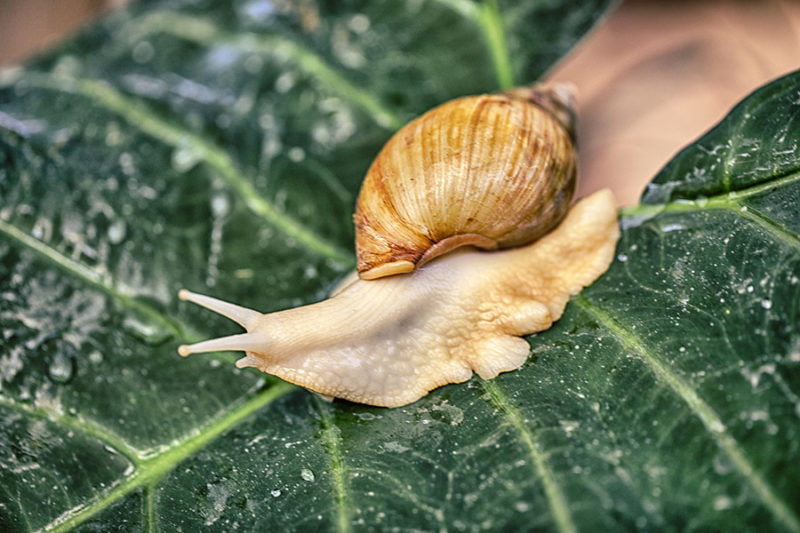
As asafetida grows, they become more and more unpalatable to slugs and snails. When they are young seedlings, they are likely to be eaten. Use slug pellets when you plant the seed and when the seedlings emerge.
Flea Beetles
Worse in spring and summer, when the adults eat the leaves, and the larvae eat the roots, flea beetles can damage an asafetida plant to the point of killing it.
Our guide will help you spot and get rid of these annoyig pests.
Fusarium Wilt
This is a common problem for many gardeners, especially in North America. Read our detailed post on fusarium wilt here.
Harvesting and Using Asafetida
A word of warning. If you are pregnant or trying to get pregnant, stay away from asafetida. As with all herbs, talk to your health professional before eating or using it in a recipe.
Don’t let the smell of the unprocessed asafetida put you off. It will be neutralized when you cook it.
Harvest and cook the young leaves and shoots and then boil them. After a few minutes of boiling, the smell disappears and the plant is much more palatable. Then, fry the leaves and roots in a little salt and butter.
The most common way of using asafetida is to harvest the roots, dry them and grind them into a powder to use as a spice. Despite the fresh smell, the flavor of this dried powder is mild, like garlic or leeks. If you like vegetarian dishes, asafetida gives a warming, comforting flavor.
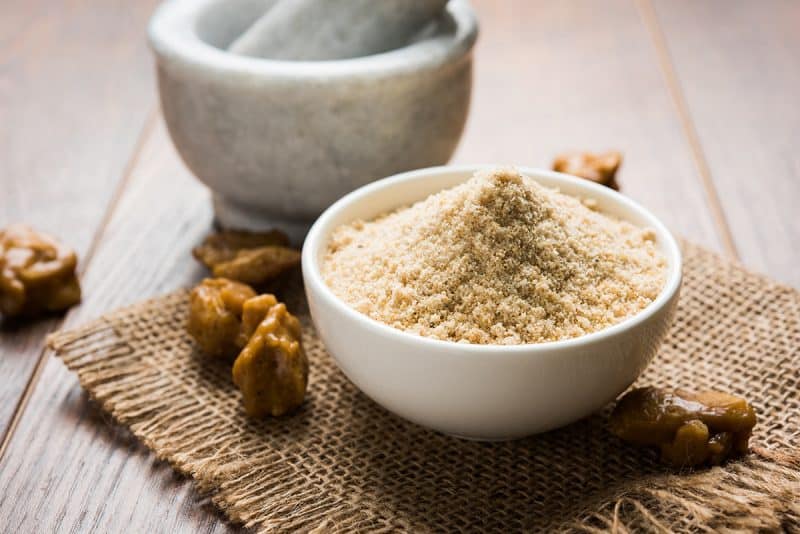
Use asafetida to give a lift to cheese, egg, or fish dishes where chopped onion or leeks will be too bulky. It’s an essential ingredient if you like to cook Indian cuisine.
The resin or gum is also usable, but it requires a lot of processing, so it isn’t feasible for the average home gardener.
This is one plant that I found very useful in my survival garden because it keeps growing season after season and few pests will touch it because of the smell. It’s useful for so many things, there are almost too many to mention.
